The landscape of tobacco consumption has been dramatically reshaped in recent years. If you're exploring alternatives to traditional smoking or are simply curious about the buzz surrounding tobacco vaporizers, you've come to the right place. As someone who has spent considerable time delving into the research on these devices, I've seen firsthand how heated tobacco products (HTPs) like IQOS and glo have surged in popularity. They're often marketed as a "reduced-risk" option, but what does the science actually say? This post will walk you through a comprehensive analysis of tobacco vaporizers, covering their technology, health implications, user behaviors, and the complex regulatory environment they inhabit. My goal is to equip you with a thorough understanding, drawing from extensive research in the field.
What Exactly Are Tobacco Vaporizers and How Do They Work?
Tobacco vaporizers, often called "heat-not-burn" products, represent a significant shift from traditional cigarettes. Instead of burning tobacco, which produces smoke laden with thousands of chemicals (many harmful), these devices heat specially designed tobacco sticks or capsules to a controlled temperature. This process, typically occurring between 240-350°C-much lower than the 800-900°C of a burning cigarette-is designed to release a nicotine-containing aerosol that the user inhales (Madison Proceedings, 2024). The idea, as promoted by manufacturers like Philip Morris International (with IQOS) and British American Tobacco (with glo), is to deliver nicotine with fewer harmful combustion byproducts.
From my research into their mechanics, these devices are quite sophisticated. They employ precise heating elements and temperature controls. This technological approach aims to preserve the ritual and nicotine delivery familiar to smokers while theoretically reducing exposure to toxicants formed during burning (BMC Public Health, 2019). It's a compelling proposition, but as we'll see, the reality is nuanced.
Peering Inside the Aerosol: Chemical Composition
One of the first things I look at in my research is what users are actually inhaling. The aerosol from heated tobacco products is a complex mixture, and its composition can vary based on the product, device settings, and even how a person uses it.
Nicotine and Humectants
Studies analyzing products like IQOS have found significant nicotine content, for instance, an average of 4.7±0.5 mg per stick in one multi-country study, with some Japanese products reaching up to 5.1±0.2 mg (MDPI, 2024). Vegetable glycerin is a dominant humectant, making up a significant portion of the aerosol, with propylene glycol also present in many formulations. These are the substances that create the visible aerosol.
Concerning Compounds: Tobacco-Specific Nitrosamines (TSNAs)
A critical area of investigation involves Tobacco-Specific Nitrosamines (TSNAs), which are known human carcinogens. My research readings indicate concerning variability here. For example, "Bold" variants of some HTPs have been found to contain substantially higher TSNA levels than "Light" versions. N-nitrosonornicotine (NNN) concentrations in some South African "Bold" products reached 488.9±26.7 ng per stick, and 4-(methylnitrosamino)-1-(3-pyridyl)-1-butanone (NNK) levels peaked at 64.8±7.9 ng per stick in Polish "Bold" products. This raises questions about product consistency and quality control across different markets.
User Behavior Matters
It's also fascinating, and somewhat alarming, to note how user behavior influences what's released. Research published in Tobacco Control demonstrates that puffing patterns-how frequently, how long, and how deeply a person puffs-can significantly affect toxicant emissions (Tobacco Control, 2022). Harsher puffing generally leads to higher toxicant release. This means the user has a direct, albeit perhaps unintentional, impact on their exposure.
The Health Question: A Complex and Contested Picture
This is often the central question for anyone considering tobacco vaporizers: are they safer? The answer, unfortunately, isn't straightforward. My research journey has revealed a landscape of often contradictory findings, particularly when comparing industry-sponsored studies with independent research.
Cardiovascular and Vascular Effects
Some of the most direct impacts observed relate to cardiovascular health. Independent research indicates that aerosols from tobacco vaporizers can cause acute vascular endothelial dysfunction. One study highlighted in Circulation found that exposure to IQOS aerosol significantly impaired flow-mediated dilation in femoral arteries, a key measure of blood vessel health (Circulation, 2023). Interestingly, this effect appeared to be mediated by vagal nerve stimulation from the airway, rather than direct chemical toxicity on the blood vessels themselves. The magnitude of this impairment was found to be comparable to that from traditional cigarettes, e-cigarettes, and even marijuana cigarettes, suggesting that the acute cardiovascular consequences might be similar across various inhaled nicotine delivery systems.
Oral Health Implications
The mouth is the first point of contact, and the evidence here is also concerning. A systematic review and meta-analysis pointed to detrimental effects on periodontal (gum) and peri-implant health, including increased presence of carcinogenic and inflammatory biomarkers (MDPI, 2023). Clinical studies have noted higher bleeding on probing scores and more self-perceived gum disease among HTP users compared to non-users. Laboratory investigations even showed increased apoptosis (cell death) rates in human oral fibroblasts exposed to heated tobacco aerosols. Flavored products, often found in e-cigarettes but relevant to the broader vaporizer discussion, might also pose caries risks.
The Great Divide: Industry vs. Independent Research
A significant challenge in assessing the true health impact of HTPs is the disparity in research findings. A scoping review published in Tobacco Induced Diseases examined toxicity studies on IQOS and found systematic differences: Philip Morris International studies consistently reported reduced toxicity and health risks compared to traditional cigarettes, while independent investigations using classical toxicological methods often failed to replicate these conclusions (Tobacco Induced Diseases, 2024). This divergence isn't just about outcomes; it extends to methodologies, with industry often using systems toxicology and computational modeling, while independent researchers rely on established in vitro and in vivo methods. This makes it tough to get a clear, unbiased picture, especially with limited long-term epidemiological data available for these relatively new products.
Dependence and Abuse Liability: Are They Less Addictive?
Many users switch to HTPs hoping they are less addictive or will help them quit. However, the research on dependence potential is sobering.
User-Reported Dependence
Surveys of IQOS users have shown substantial levels of dependence, with median self-reported scores reaching 80 on a 0-100 scale (Nature Scientific Reports, 2022). A significant majority (63.6%) of users also expressed moderate to severe concern about becoming dependent on these products. This suggests users are aware of the addiction risk.
When comparing dependence on HTPs to traditional cigarettes, the results are mixed. About half of users report lower dependence on vaporizers, but a large portion (43.8%) experience similar levels, and a small but notable percentage (5.2%) actually report higher dependence on vaporizers (Addictive Behaviors, 2020). This indicates that switching doesn't guarantee reduced addiction.
Nicotine Delivery and Reinforcement
Pharmacokinetic studies, which look at how the body absorbs and processes nicotine, show that HTPs like glo deliver nicotine differently than cigarettes. Maximum nicotine concentrations are typically lower and reached slightly faster (4-5 minutes for glo vs. 6-7 minutes for cigarettes) (Psychopharmacology, 2024). While overall nicotine exposure (measured by Area Under the Curve) is substantially lower with HTPs, they still generate enough reward and reinforcement to support continued use, placing them somewhere between traditional cigarettes and nicotine replacement therapies in terms of abuse liability.
Table 1: Comparing Heated Tobacco Products (HTPs) and Traditional Cigarettes
|
Feature |
Heated Tobacco Products (e.g., IQOS, glo) |
Traditional Cigarettes |
|
Mechanism |
Heats tobacco (approx. 240-350°C) |
Burns tobacco (approx. 800-900°C) |
|
Product |
Aerosol |
Smoke |
|
Primary Nicotine Delivery |
Inhalation of nicotine-containing aerosol |
Inhalation of nicotine in smoke |
|
Key Harmful Agents |
Reduced levels of some combustion byproducts, but contains TSNAs, other toxicants |
Thousands of combustion byproducts, high levels of tar, CO, TSNAs |
|
Reported Dependence |
High, potentially comparable to cigarettes for many users |
Very high |
|
Acute Cardiovascular Impact |
Impairs endothelial function, similar to cigarettes |
Impairs endothelial function, increases heart rate & blood pressure |
|
Oral Health Impact |
Associated with gum inflammation, cellular damage |
Strong association with gum disease, oral cancers |
|
Research Consensus |
Contested; industry studies often show lower harm than independent research |
Widely accepted as highly harmful |
Switching, Quitting, and Dual Use: The Real-World Outcomes
Many smokers turn to HTPs with the hope of quitting cigarettes. What does my research tell me about this?
Product Substitution
Clinical studies show HTPs can partially substitute for traditional cigarettes. Users often reduce their cigarette consumption significantly (e.g., to about 30% of baseline levels)



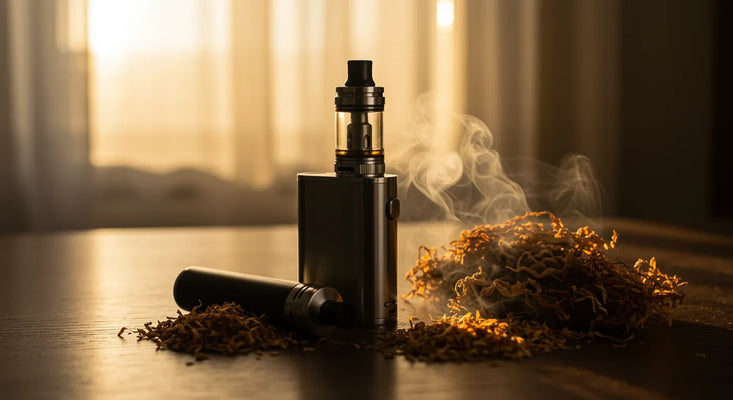

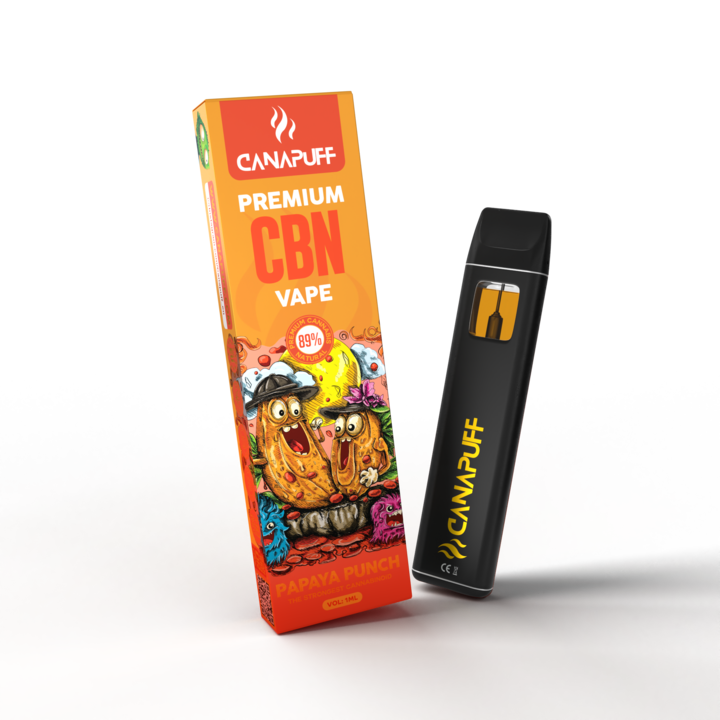
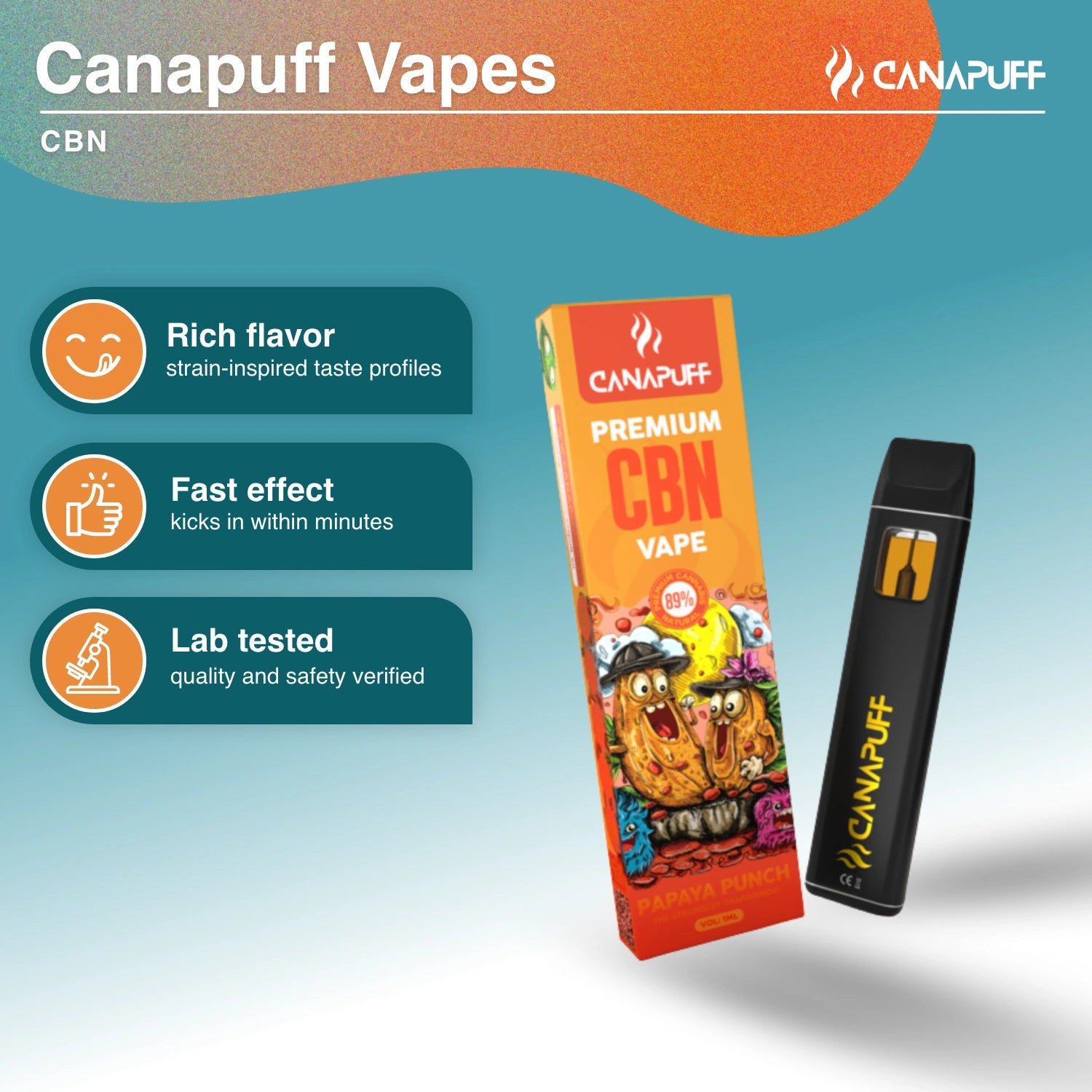

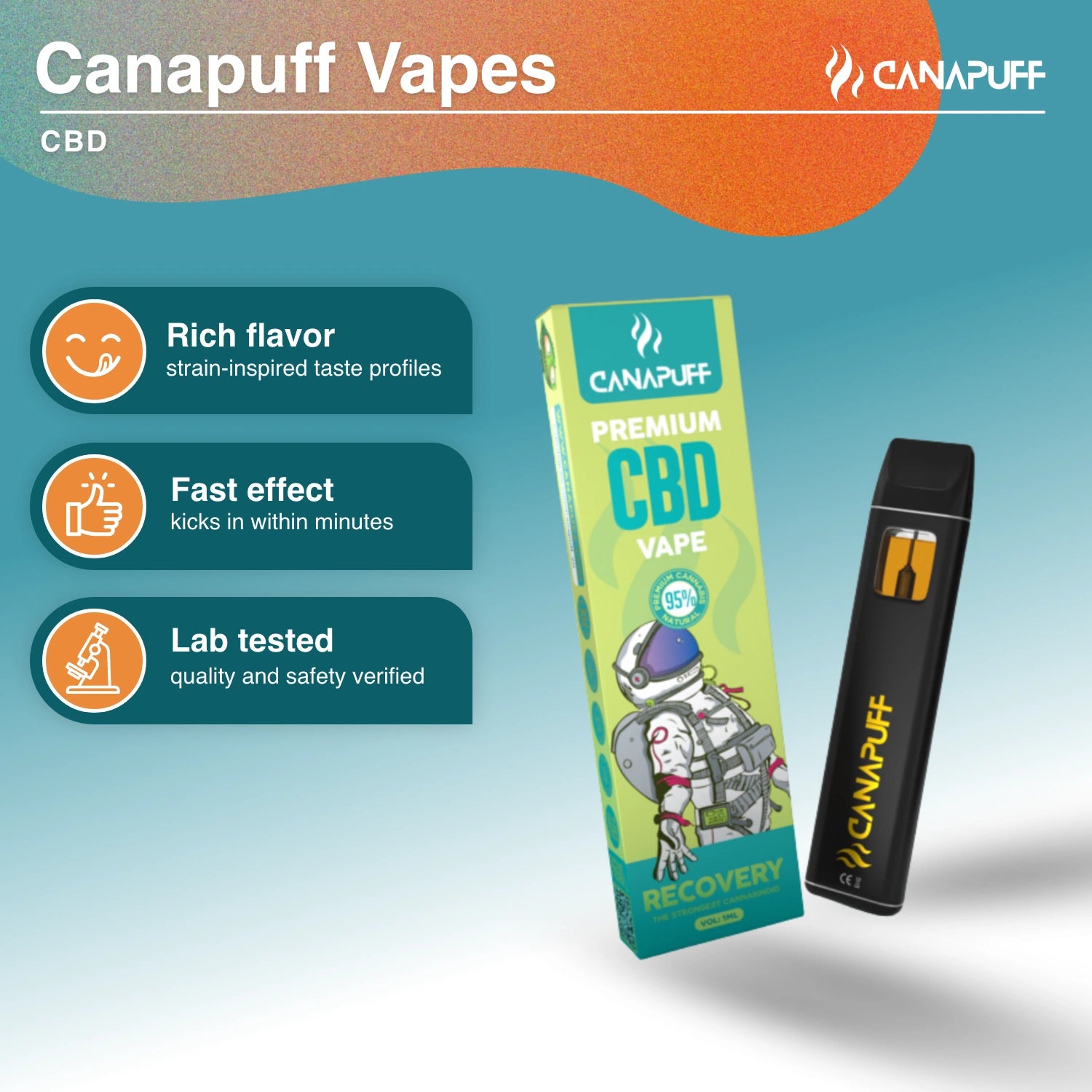

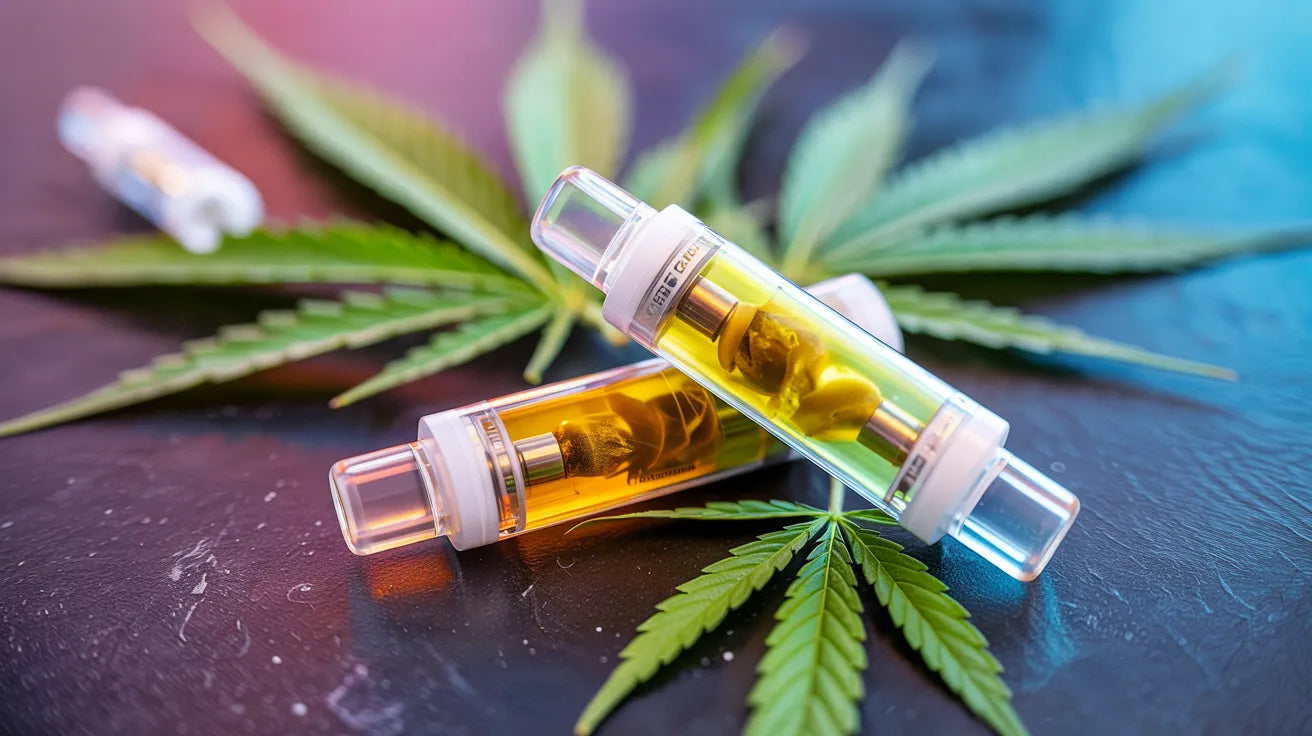
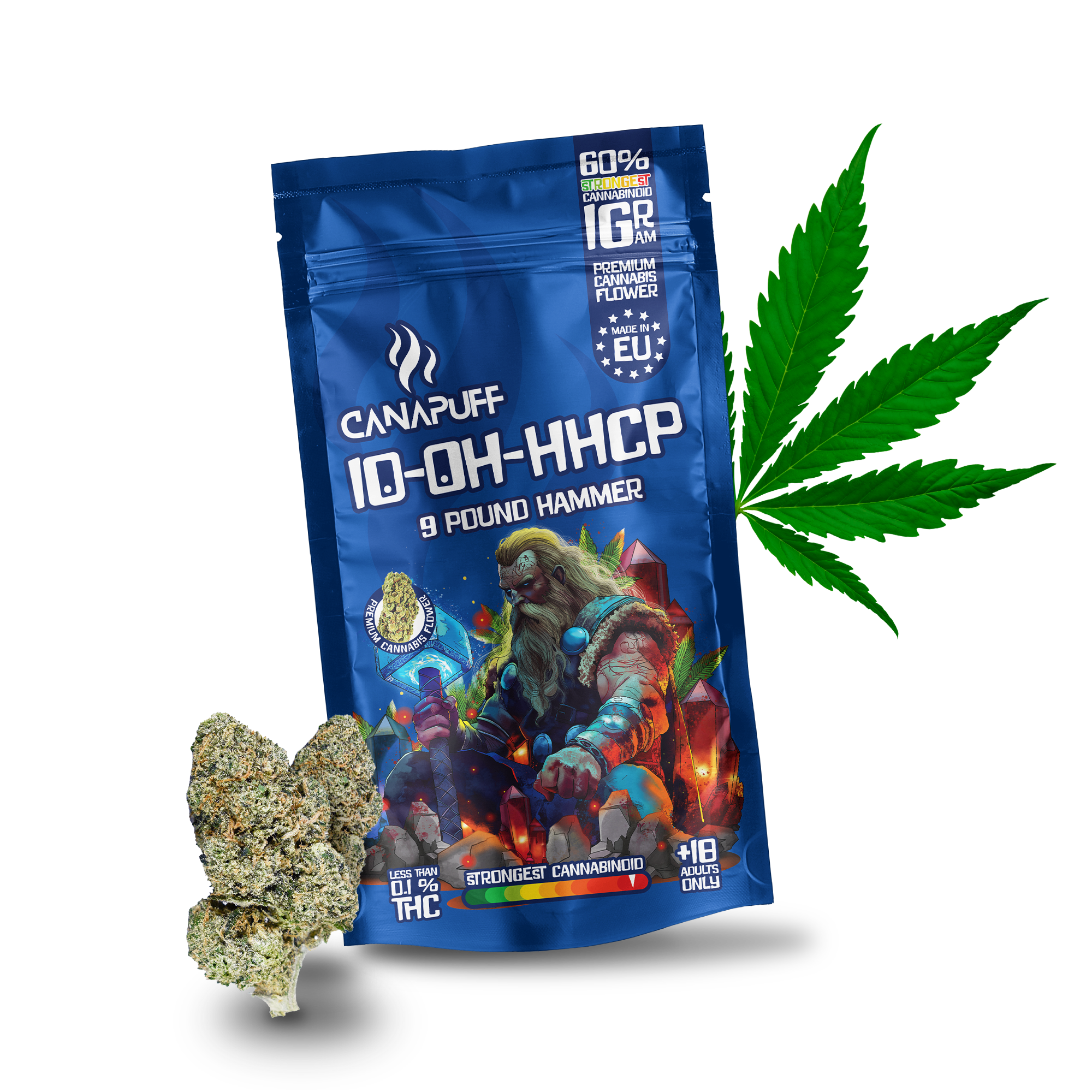
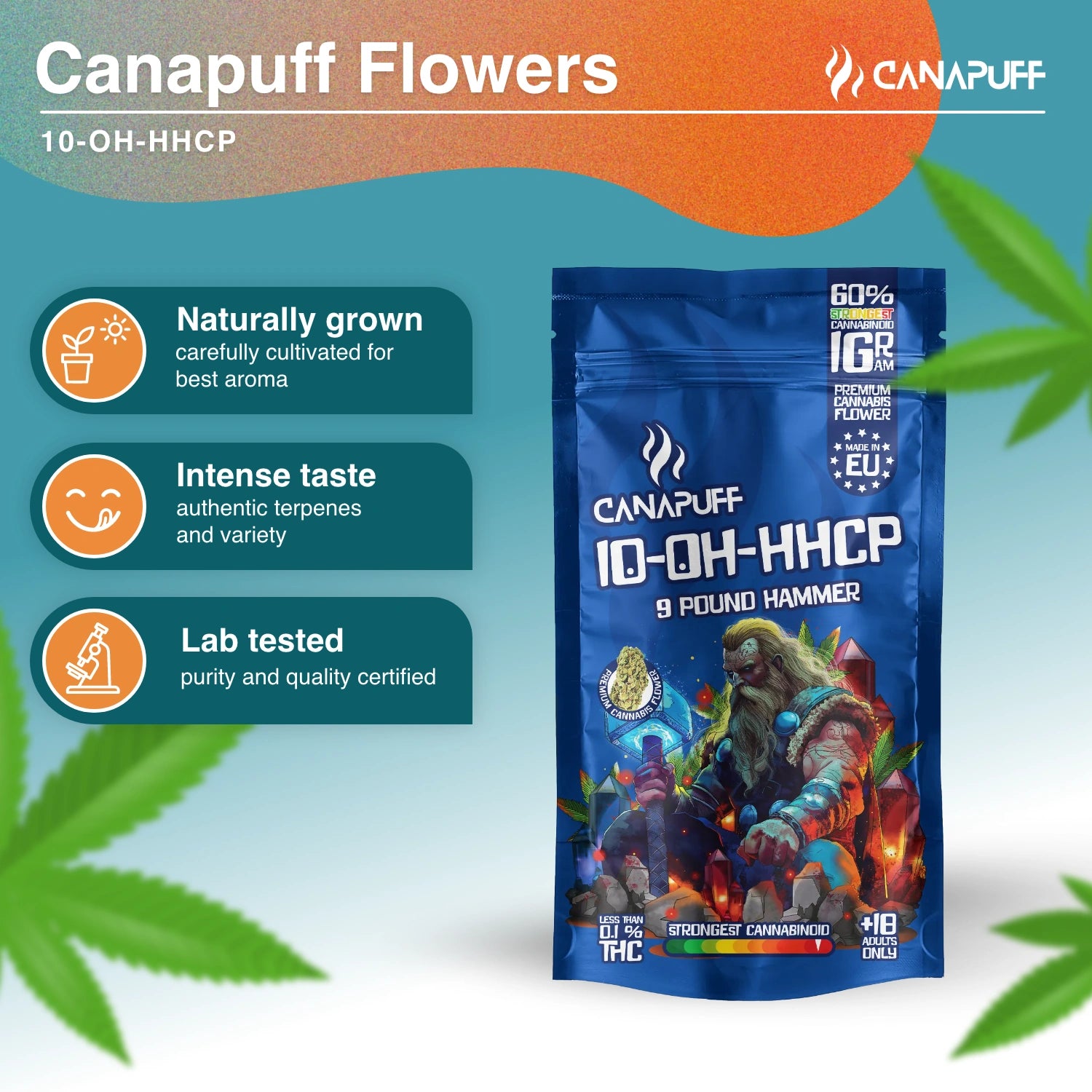
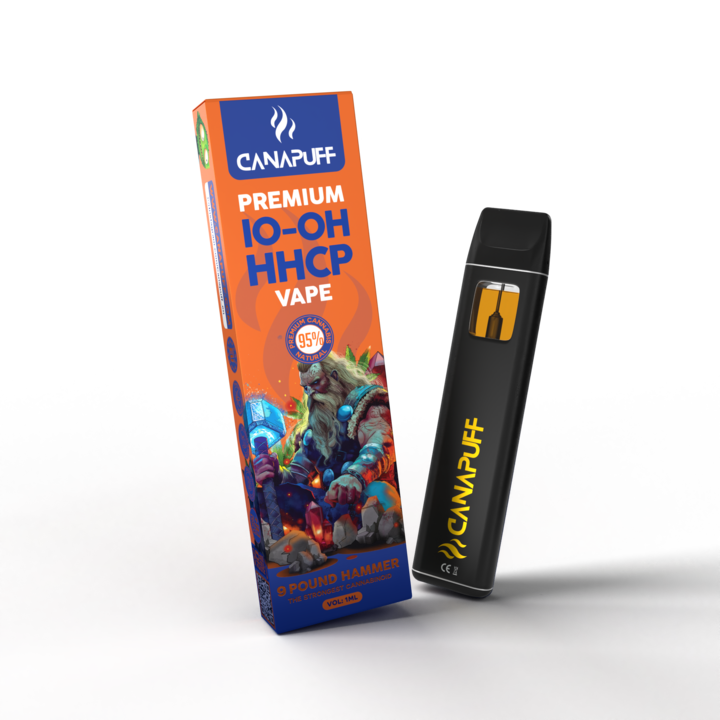
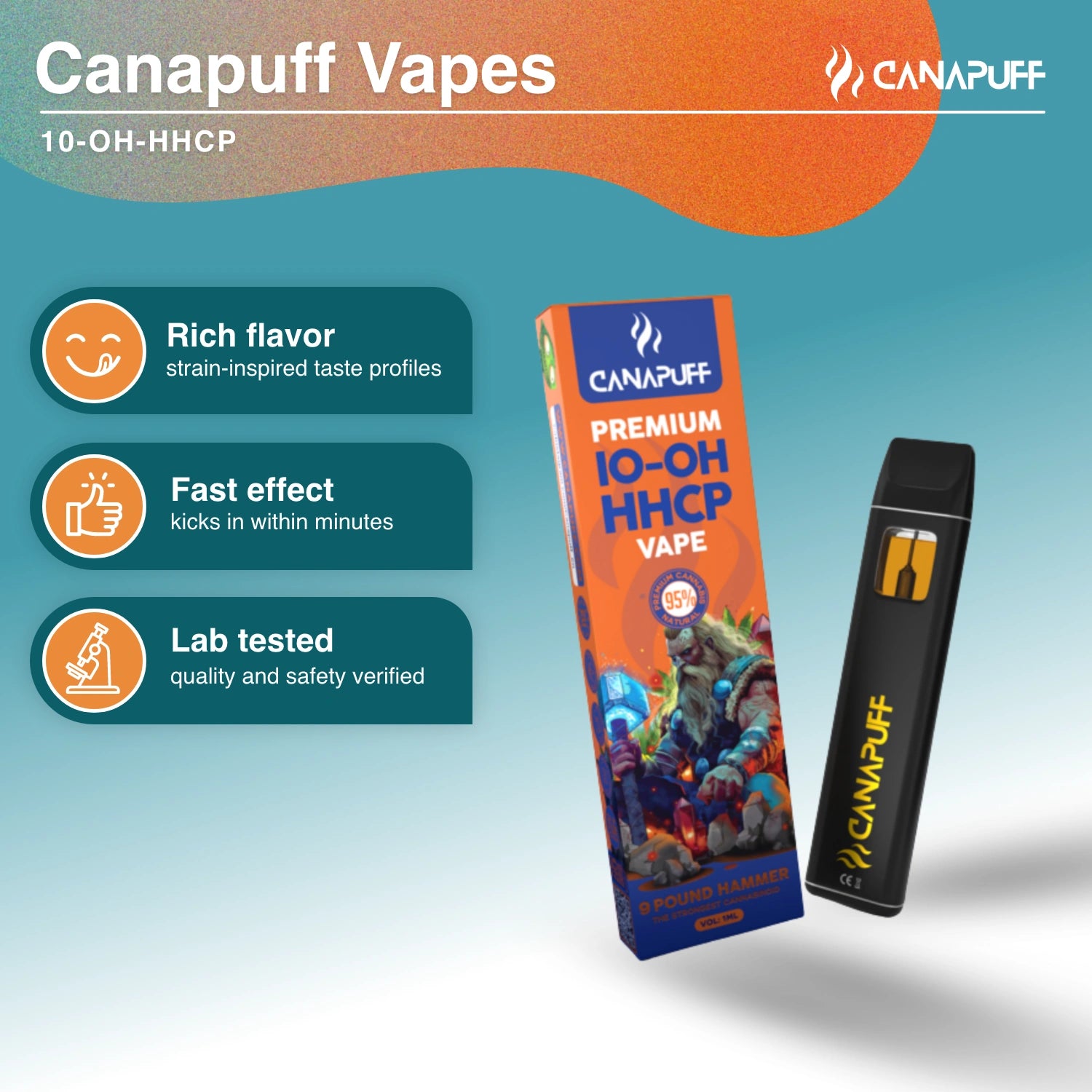





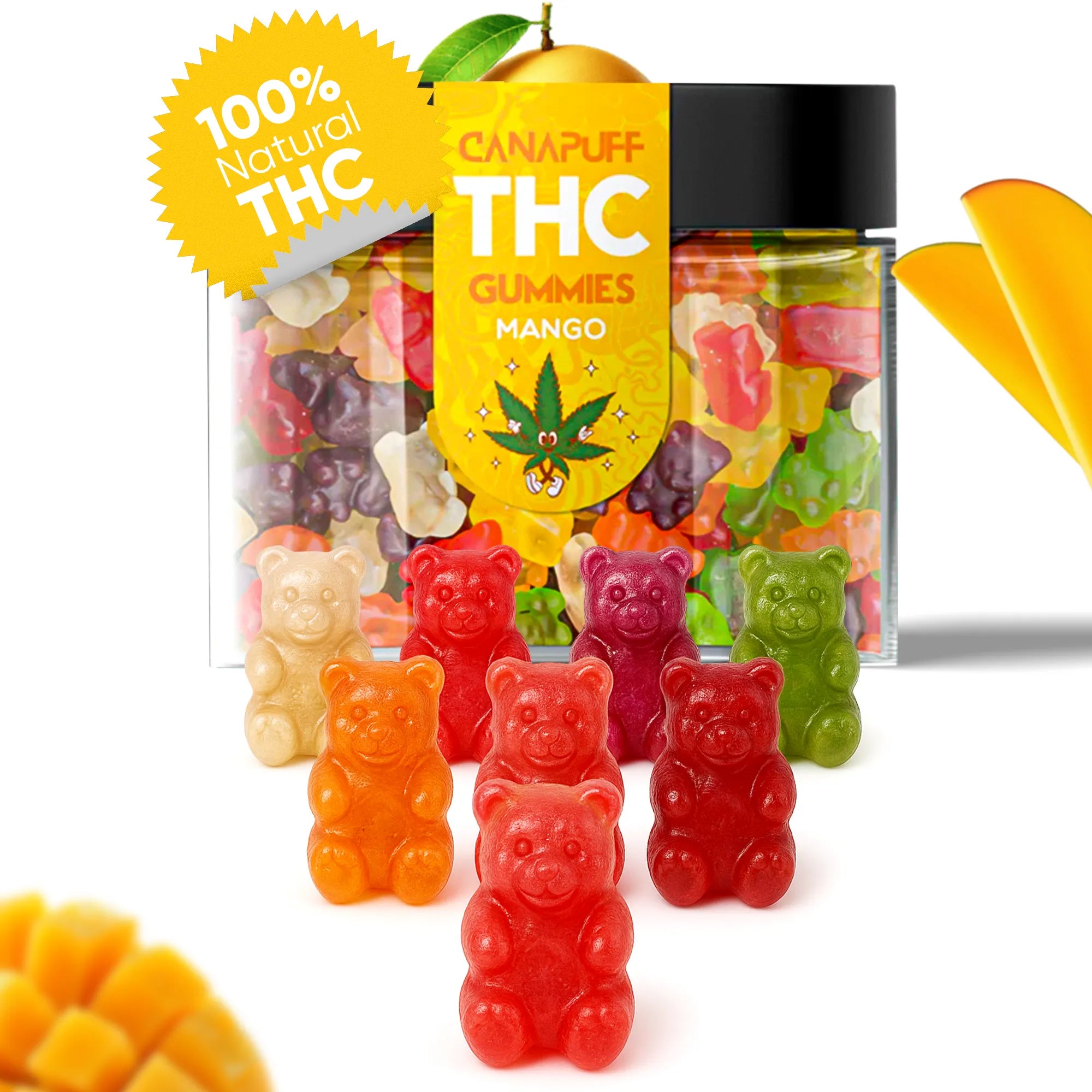

Leave a comment
This site is protected by hCaptcha and the hCaptcha Privacy Policy and Terms of Service apply.